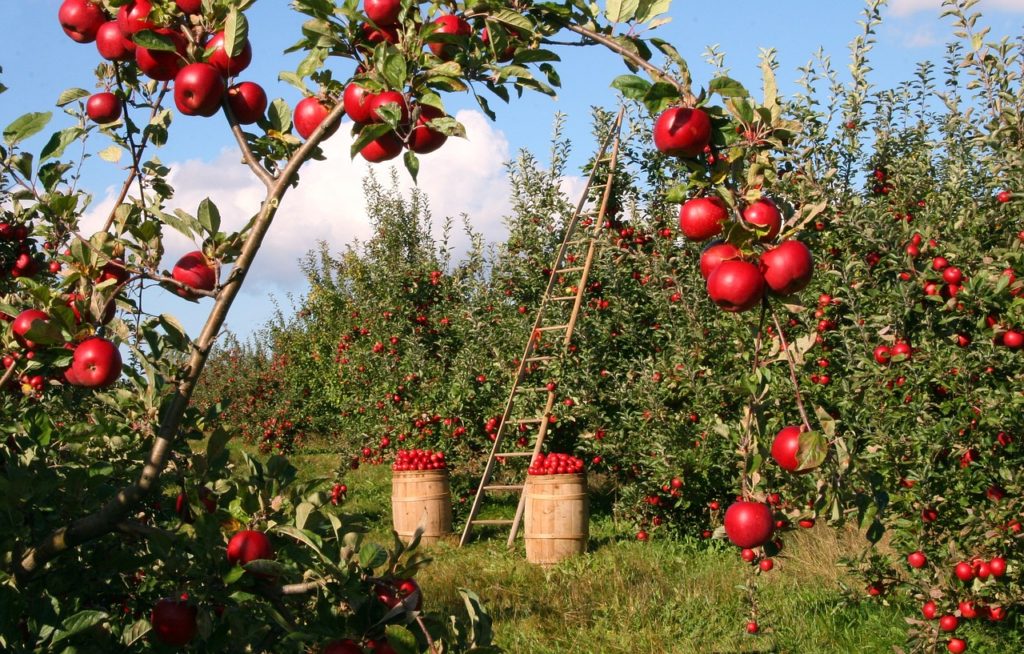Is Fulvic Acid Actually Good For Your Garden?
How can one of the building blocks of life on the planet unlock the potential for greatness of your garden? Fulvic Acid a little known and barely understood substance can amplify the effects of your feeding program. We’ll attempt to decode the mystery of how this unique additive can enhance and improve the quality and safety of your harvest. Then we will help you figure out how to get it in your garden. Hint: Products like Ph Perfect Sensi Bloom already contain it.
First a quick science lesson. -Fulvic Acid is part of a complex mixture of acids of varying molecular weights that are some of the building blocks of life on earth. Commonly referred to as Humics. This mixture is formed through the breakdown of organic matter over time. Virtually all of the commercially available formulas containing Fulvic Acid are extracted from ancient sources that have been brought to the surface and extracted via a chemical or mechanical process. The goal of the “purification/extraction” process is to separate the heavier Humic acid from the lighter Fulvic acid. You may be wondering why separating them matters if they are both part of this helpful mixture.
Humic acid is a heavy weight so to speak. It has a much heavier molecular weight on the Daulton scale. While Fulvic acid is the light weight component in Humic substances. The differences in weight are the key to how they work. In your garden, the heavy weight Humic acid stays near the root zone and contributes to root zone health. It is an excellent soil conditioner, supporting the growth of welcome bacteria and helping to deliver nutrients into the root zone. The lighter Fulvic is water soluble and can actually penetrate the cell mitochondria which makes it a powerful foliar spray. This ability to get into the cells is unique. When applied as part of your feeding program, the Fulvic acid will transport nutrients and deposit them directly into the cells of your plants. A nice added benefit for medical crops is that after bringing the nutrients to the cells and dropping them off, it will grab hold of any heavy metals and remove them from the plants cells. Thereby you end up with a reduced heavy metal content in your harvest due to this chelation effect.
There are not currently any standards for Fulvic Acid purity or content and as a result labeling can be very confusing. Some states do not recognize Fulvic acid as a beneficial substance leading to label confusion. Most labels will indicate Humic acid only which can be misleading since you won’t know what percentage is actually Fulvic acid. To get around this restriction many companies use code to let you know what is in their product and to comply with the labeling requirements from state to state. For example a company might say “contains low molecular weight Humic acid”. Advanced Nutrients is no different in this respect with it’s premier Fulvic acid product Grandma Enggy’s F1. The F1 in the name is the tip off that it is a Fulvic product.
Again because of the lack of standards, the concentrations of Fulvic products vary greatly. For example, F1 is nearly 400 times as strong in General, as the next major nutrient companies Fulvic product. Companies can mislead by choosing one measurement methodology over another that appears to make their product stronger than it really is.
In my personal garden, I favor the use of F1 in conjunction with my flowering feeding routine for the amplification effect. I also like to use F1 with a low concentration of Sensigrow, B52 and Wet Betty as a foliar feed during veg for nice, extra healthy leaves. Remember – Always spray with the lights OFF. If you are looking for an easy way to pump up your garden’s performance and the quality of your end product, try adding Fulvic acid to your feeding regiment.

